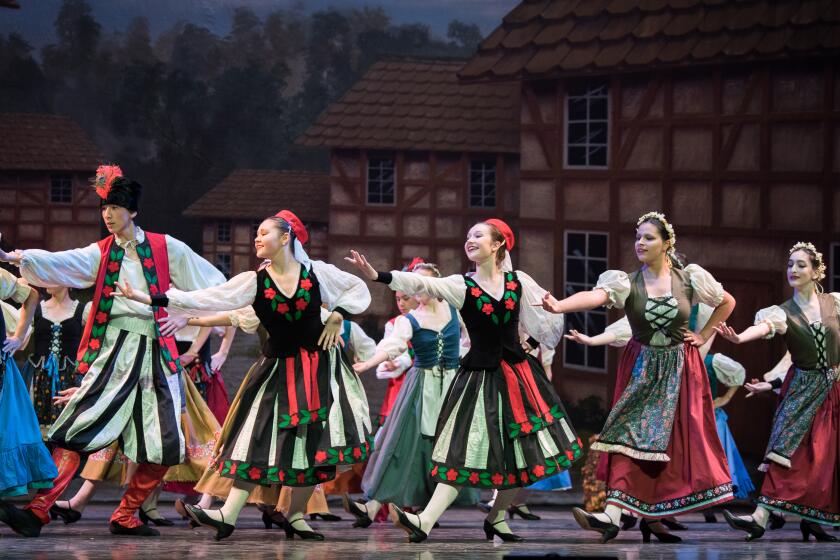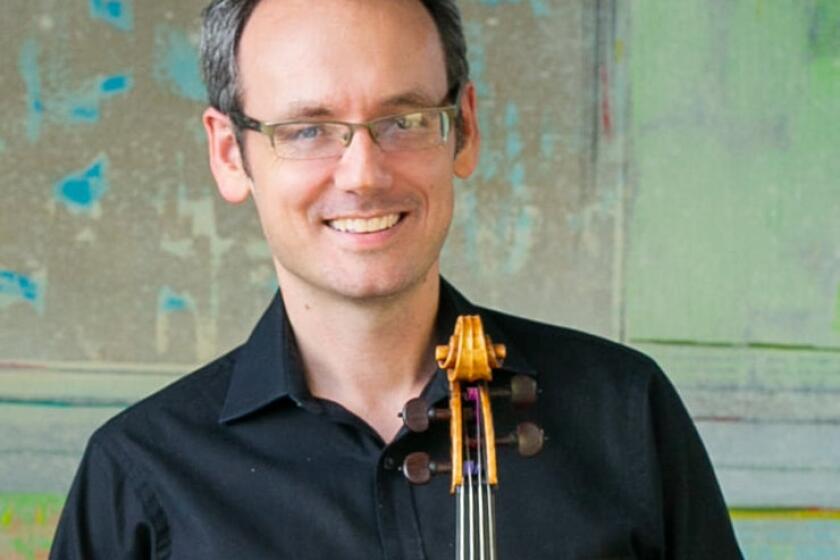Students see invention launched into space
By Elizabeth Marie Himchak
Eight Maranatha Christian High School students watched their invention launch into space early Friday morning.
The students were joined by their mentors, teachers, parents and around 60 elementary, middle and high school students from the private school in Santa Fe Valley, who watched a live broadcast of the launch in Cape Canaveral, Fla.
The rocket-launched space capsule containing Maranatha’s project, along with those from other schools across the country, was scheduled to dock with the International Space Station the following day.
After familiarizing themselves with Maranatha’s creation — a carbon monoxide sensor that measures 1.5 inches-by-1.8 inches-by-6 inches — astronauts aboard the space station will test it for 30 days and send the results back to the students so they can compile data that includes comparing carbon monoxide levels on Earth to those in the station, according to junior Aaron Day, the project manager.
During the experiment, students will communicate with the astronauts via Skype and be able to make adjustments, if necessary, by sending the information over computers.
The project was proposed last spring, when Maranatha Superintendent Glen Goldie learned of the opportunity that included a partnership with Valley Christian High School in San Jose. To implement, Maranatha had to raise more than $25,000 to purchase supplies, tools, software and to cover associated costs.
“I’ve seen experiences lead to understanding,” Goldie said. “We need to compete with the rest of society for the hearts, minds and souls of our kids. The more we do and have opportunities to do, we set our kids apart.”
Goldie said many adults would think a project that requires teenagers to conceive, design, build and test something that NASA can potentially use on long space missions within cost and energy usage limitations is beyond teens’ capabilities.
“A lot (of adults) sell kids short, that they can’t take up the challenge,” he said. “But that is not true. They need to be challenged.”
Maranatha physics and chemistry teacher Bill Miller, who mentored the students along with parent volunteers in various professions, said some concepts and skills the students needed are typically first learned in college or on the job, not high school. Hands-on skills included writing binary code, soldering and building circuit boards, things most students this age only learn about in theory.
Miller said this opportunity has given the students at least a four-year head start on their peers and praised the one senior, six juniors and one sophomore for their dedication and commitment, especially considering they had to work on the project before, during and after school — including a couple of sessions that went until 1 a.m. — and prep work throughout last summer.
“It’s really good to see the kids put forth such an effort and have mentors in science and industry help,” he said, adding while adults taught background and basics, the work was all done by the students.
Junior April Harper said she was interested in joining the project because it would let her explore new things in math and science fields, which she is now considering for a career.
“I’ve always been really interested in math, but felt constrained and limited to the course (materials),” said senior Ethan Gwaltney. “This was a good, practical application and practice for real world jobs and careers.”
Day, Harper and Gwaltney said their mentors were very helpful guiding them on their assigned project aspects. As for watching the launch, they described it as “amazing,” and were surprised at the turnout by those in the Maranatha school community who came to show their support.
Other students on the team are juniors Luke Bronson, Kathleen Levi, Devin Olson and Hayden Wisniewski, and sophomore Chris Knutsen.
Pending the experiment’s results, the students might write a paper and present their findings to others.





